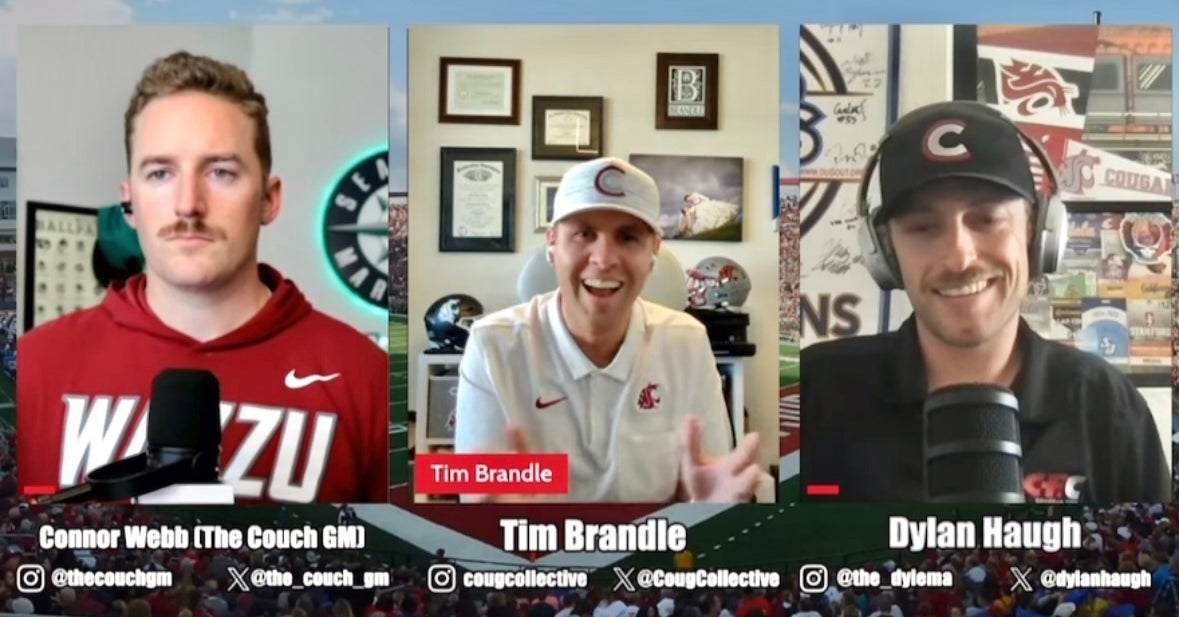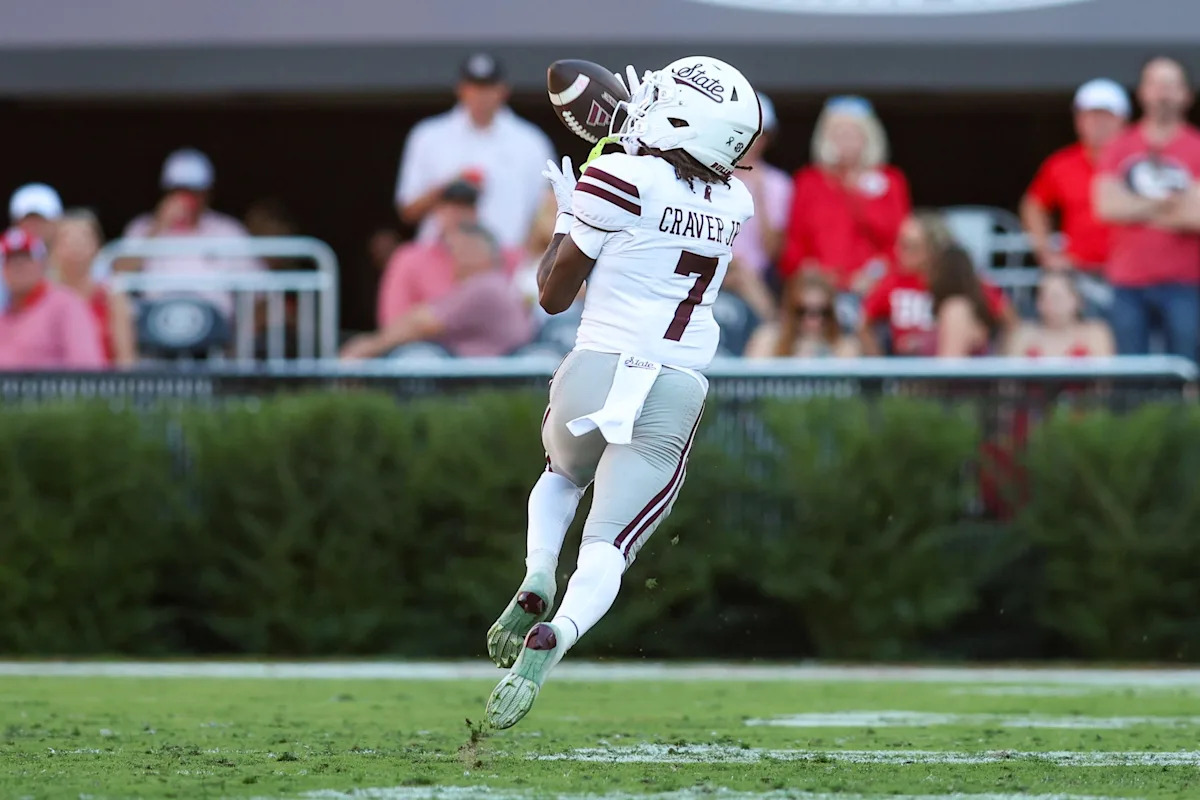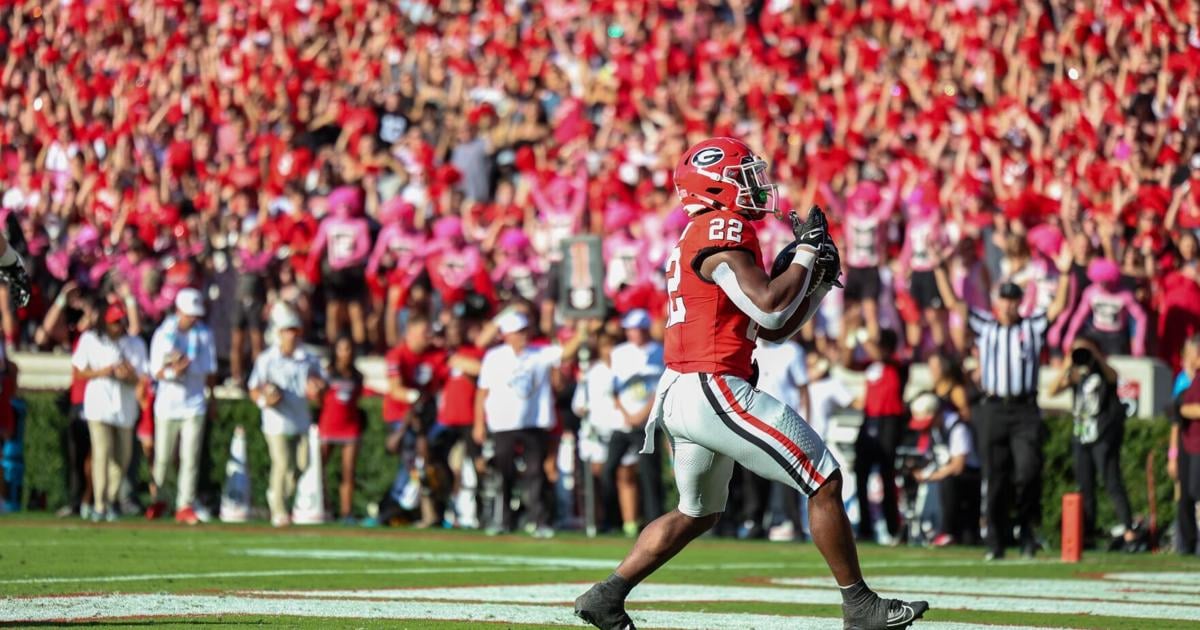A federal judge on Thursday denied Tennessee point guard Zakai Zeigler’s request for a preliminary injunction allowing him to play a fifth season of Division I basketball in five years.
U.S. District Judge Katherine A. Crytzer listened to arguments in a hearing June 6 in Knoxville and entered her denial Thursday morning. She wrote that Zeigler failed to demonstrate he would likely succeed in his argument that the NCAA keeping him from playing a fifth season of Division I basketball is a violation under the Sherman Act.
“This Court is a court of law, not policy,” Crytzer wrote in her order denying the injunction. “What the NCAA should do as a policy matter to benefit student athletes is beyond the reach of the Sherman Act and TTPA and by extension, this Court.”
The two-time Southeastern Conference defensive player of the year asked for an injunction when he sued the NCAA on May 20 over its rules limiting him to four seasons in a five-year window as an unlawful restraint of trade under both federal and Tennessee laws.
His lawsuit argues he could earn between $2 million and as much as $4 million with another season. His attorneys made clear this is just a first step in this legal fight.
“We are disappointed the Court declined to grant a preliminary injunction on the basis that the NCAA does not directly control NIL compensation, just days after the House settlement confirmed they would do exactly that,” according to a statement from Litson PLLC and the Garza Law Firm.
“This ruling is just the first chapter of what we believe will ultimately be a successful challenge. We intend to press forward and are evaluating the best path ahead for Zakai.”
The judge wrote that the harms Zeigler argues he would suffer can be addressed with a future damages award.
She also noted the “fixed number of roster spots” for each Division I basketball team and that “an injunction would run the risk of harming currently enrolled players committed to a university and current high school seniors being recruited.”
The NCAA argued in its brief before the hearing that Zeigler’s injunction request should be denied because he is asking the court to make him the first athlete in history to play a fifth season in Division I “as a matter of right.”
During the hearing, the judge asked Zeigler’s attorneys to file a quick brief answering whether or not Zeigler is an “intercollegiate athlete” as defined under state law and what legal standard applies to Zeigler’s claim under the Tennessee Trade Practices Act.
The Associated Press contributed to this story.
Want great stories delivered right to your inbox? Create or log in to your FOX Sports account, follow leagues, teams and players to receive a personalized newsletter daily!
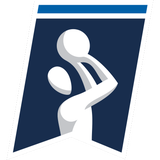
Get more from College Basketball Follow your favorites to get information about games, news and more

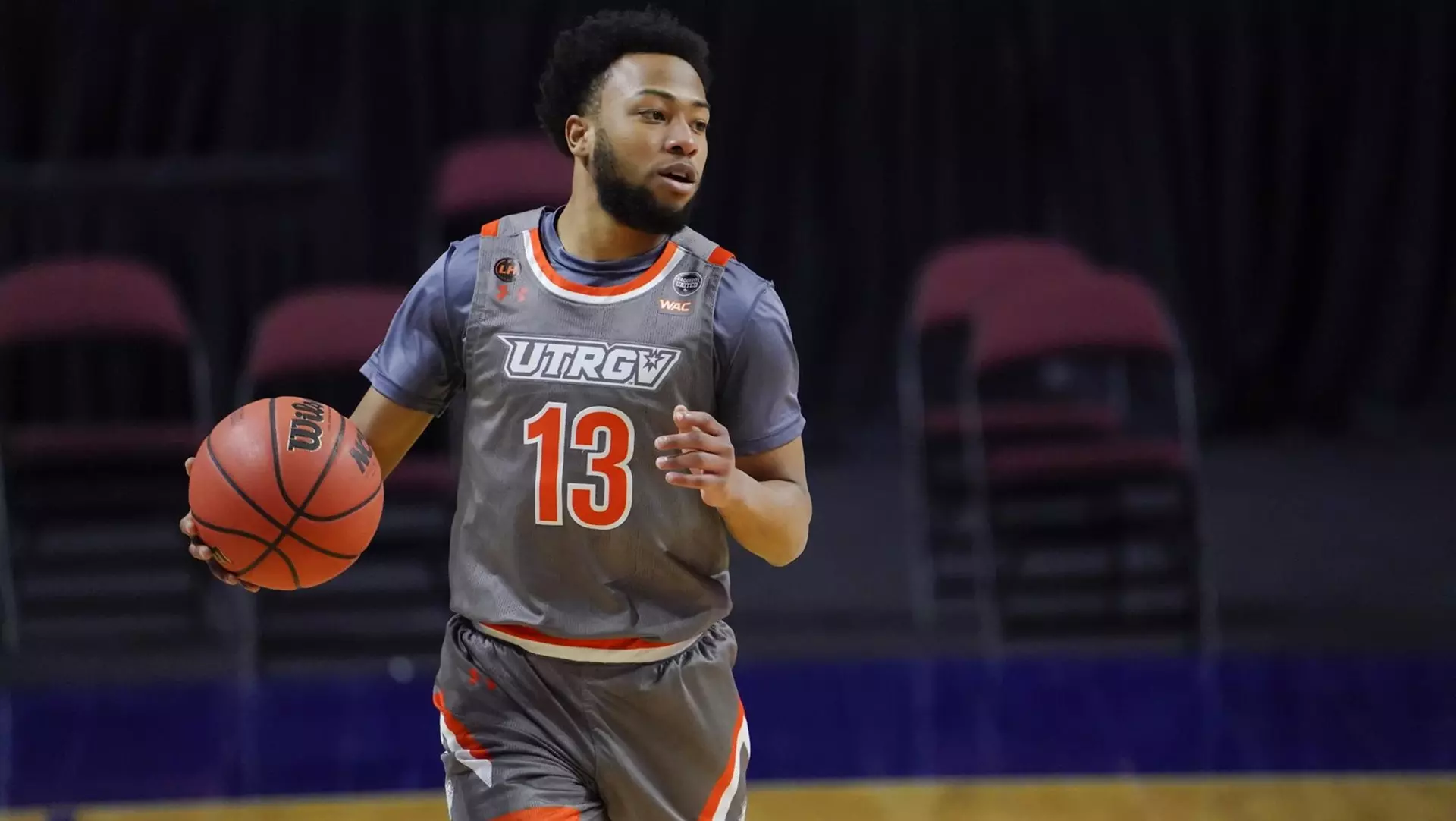

 CHICAGO − Yaxel Lendeborg rubbed his hands together seated inside Wintrust Arena, a wave of excitement and anxiety coursing through him as he laid out the options again before his first official NBA audition was set to begin. The former UAB star is an intriguing figure among the group of players taking part in this week’s 2025 NBA Draft Combine. He’s facing the sort of decision prospects invited to this annual league event never did in the past.
CHICAGO − Yaxel Lendeborg rubbed his hands together seated inside Wintrust Arena, a wave of excitement and anxiety coursing through him as he laid out the options again before his first official NBA audition was set to begin. The former UAB star is an intriguing figure among the group of players taking part in this week’s 2025 NBA Draft Combine. He’s facing the sort of decision prospects invited to this annual league event never did in the past. 
 It’s yet another ripple effect of the power shift within college sports.“We’ve got the best of both worlds,” said St. John’s star R.J. Luis, who entered the NBA draft and the NCAA’s transfer portal this offseason. “We’re basically like semi-pros. We got like one-year contracts basically (in college). It’s just about trying to find the best opportunity at the right moment.”’Good for the basketball ecosystem’The NBA doesn’t seem to mind this, either.Five league executives told USA TODAY Sports at the draft combine that the implementation of name, image and likeness at the college level has produced minimal disruptions for the league or its draft process. Some view it as a positive development despite the issues NIL created for college basketball teams. As one NBA general manager put it, “The guys will come into the draft eventually.”“You’re still getting the top-end guys, but you’re not going to get sophomores and juniors,” said an NBA front office executive who runs his team’s college scouting operation. “You’re going to see a gap in the draft the next couple years, especially in the second round. But most guys choosing to go back (to college) would struggle to stay (in the NBA) anyways. Now these guys can build brands in college. In the long run, it might be better.”“It’s good for the basketball ecosystem,” added another NBA team executive. But there will still be players like Lendeborg placed in a precarious spot, hoping the measurements, scrimmage performances and meetings with NBA officials at the combine and a flurry of workouts the next two weeks provide more clarity. The Pennsauken, New Jersey native only played 11 varsity basketball games in high school and had to go the junior college route before arriving at UAB. There is no precedent for what he’s going through because a fringe first-round pick five years ago wouldn’t also be mulling NIL deals worth millions of dollars.
It’s yet another ripple effect of the power shift within college sports.“We’ve got the best of both worlds,” said St. John’s star R.J. Luis, who entered the NBA draft and the NCAA’s transfer portal this offseason. “We’re basically like semi-pros. We got like one-year contracts basically (in college). It’s just about trying to find the best opportunity at the right moment.”’Good for the basketball ecosystem’The NBA doesn’t seem to mind this, either.Five league executives told USA TODAY Sports at the draft combine that the implementation of name, image and likeness at the college level has produced minimal disruptions for the league or its draft process. Some view it as a positive development despite the issues NIL created for college basketball teams. As one NBA general manager put it, “The guys will come into the draft eventually.”“You’re still getting the top-end guys, but you’re not going to get sophomores and juniors,” said an NBA front office executive who runs his team’s college scouting operation. “You’re going to see a gap in the draft the next couple years, especially in the second round. But most guys choosing to go back (to college) would struggle to stay (in the NBA) anyways. Now these guys can build brands in college. In the long run, it might be better.”“It’s good for the basketball ecosystem,” added another NBA team executive. But there will still be players like Lendeborg placed in a precarious spot, hoping the measurements, scrimmage performances and meetings with NBA officials at the combine and a flurry of workouts the next two weeks provide more clarity. The Pennsauken, New Jersey native only played 11 varsity basketball games in high school and had to go the junior college route before arriving at UAB. There is no precedent for what he’s going through because a fringe first-round pick five years ago wouldn’t also be mulling NIL deals worth millions of dollars. 
